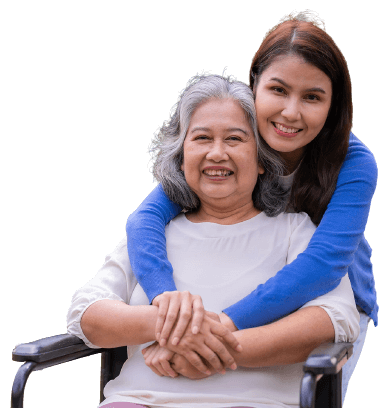


As the name says itself, the invisible disabilities are the ones that cannot be seen with the naked eye. Numerous patients with invisible disabilities look like they can lead their regular lives from the outside, which creates ambiguity in partners, friends, relatives, and, surprisingly, medical specialists on whether they are ill or not. These circumstances can make it hard for an individual to live a full, healthy, and productive life.
One of the findings from a study is that about 25% of the adults in the USA struggle with some disability, and roughly 20% of people have some invisible disability. It is hard to find the exact numbers for people dealing with invisible disabilities worldwide.
Invisible disabilities are regularly viewed as covered-up incapacities. Individuals normally expect disabilities to be physical or noticeable when many disabilities are not clear in reality. An invisible disability is an incapacity that isn't promptly noticeable. They can be brain injuries, traumatic illness, psychological maladjustment, gastro-digestive issues, and more. Since they're not physically detectable, invisible disabilities might be ignored and misconstrued.
It can cause feelings of tiredness, sadness, and loss of interest in life. Depression can hamper your thought processes which might cause you to experience difficulty doing ordinary daily activities, and sometimes you might feel life isn't worth living.
It is a brain disorder that affects individuals' thought processes, feelings, and perceptions. The trademark side effect of schizophrenia is psychosis, for example, encountering hear-able hallucinations, i.e., and some false beliefs.
It is a brain disorder that prompts emotional changes in an individual's mood, energy, and capacity to think rationally. Individuals with bipolar experience high and low temperaments known as lunacy and depression, which vary from the ordinary promising and less promising times from the vast majority experiences of life.
Post-traumatic stress disorder is an emotional condition brought by a trauma a person has gone through in life. Anyone might develop post-traumatic stress disorder if they have gone through a trauma. The severe stress symptoms are ongoing even after the trauma is finished.
Chronic fatigue syndrome, also known as myalgic encephalomyelitis, is a disorder described by determining incapacitating weakness.
Hyperactivity disorder is poor or limited ability to focus, over-the-top movement, and lack of caution unseemly for the youngster's age that impedes working or development.
Here are some signs that you must look for invisible disabilities -
Oftentimes it is not easy to identify disabilities, whether invisible or visible. If we need to identify it, this can only be done after the diagnosis. Visible disabilities are observable to everyone as the patients need help while doing their daily activities. But in the case of invisible disabilities, one must know that these are not easily identified with the naked eye. Sometimes, the patient might not know that they have these conditions. These invisible disabilities can only be identified by observing the patient’s daily life and seeking an expert’s guidance.
Assuming you have an invisible disability, you probably realize how difficult it is to get the right diagnosis. Many of these circumstances cannot be diagnosed with only a blood test because it often needs to evaluate the patient's daily life and identify the symptoms. Getting the diagnosis requires consulting a doctor who understands the condition, pays attention to you as a patient, and accepts everything you are saying to them.
Our caregivers are fully trained and certified to help your loved ones, so they can live their lives with ease. Our caregivers assist them in making their lives easier and help with daily living activities. Contact us today for more information about our in-home care services.

Home Care Partner wants you to be confident in choosing us. We want to show that our care is unmatched!

Get 20% OFF a week's worth of care!
We want to show you that our care is unmatched.
Leave a Reply
Your email address will not be published. Required fields are marked *